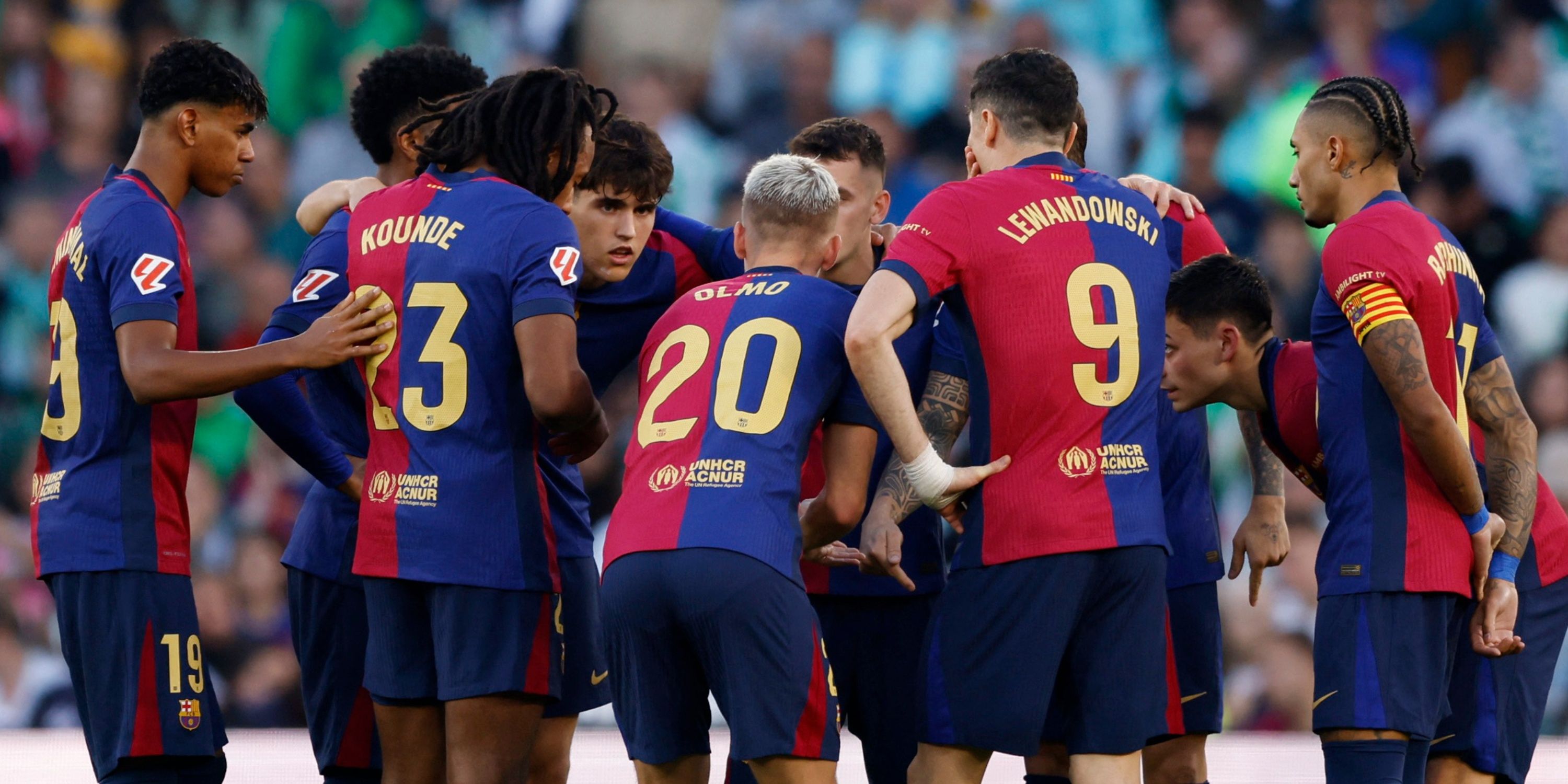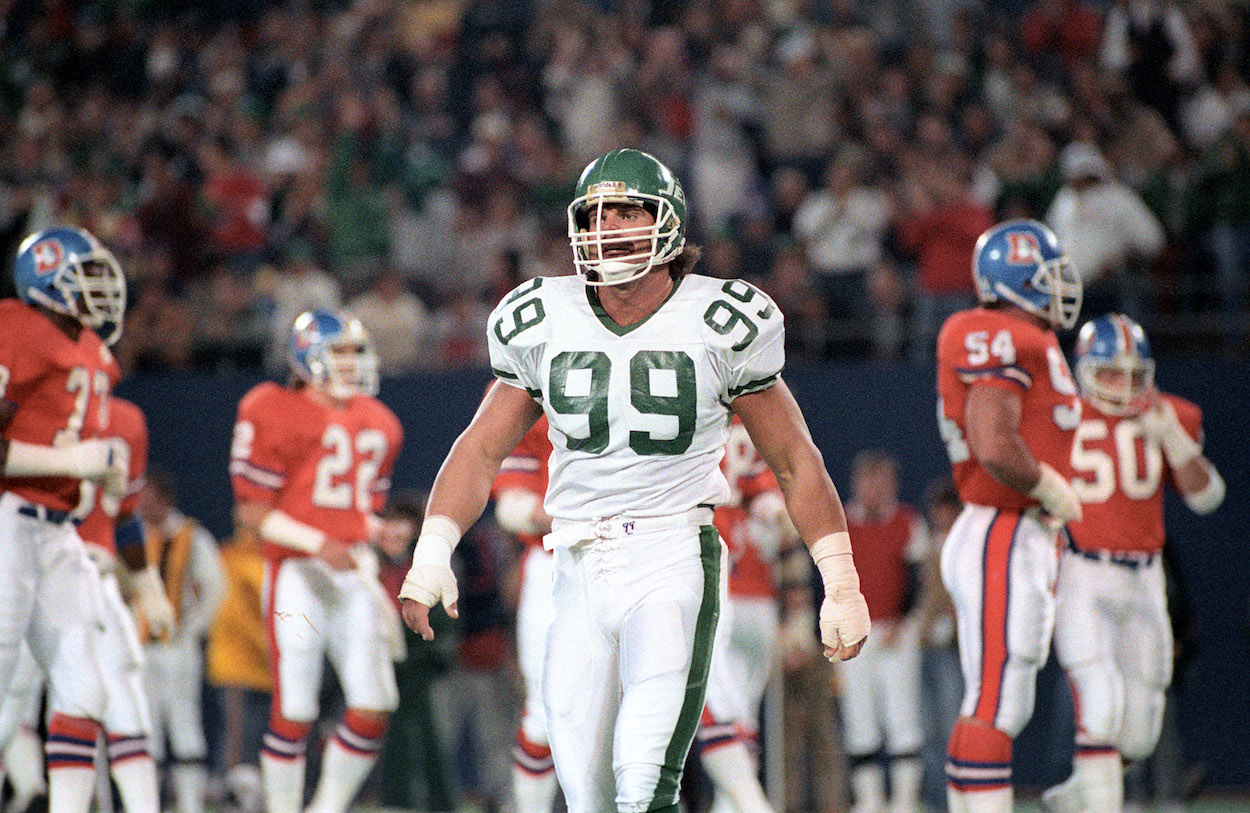Barcelona vs. the world – that’s the story we delve into. This comprehensive analysis examines Barcelona’s performance across various fronts: their fierce rivalry with Real Madrid, their dominance (or lack thereof) in La Liga, their Champions League campaigns, the impact of the transfer market, managerial changes, and ultimately, how the club measures up against its own lofty expectations. We dissect key matches, tactical approaches, and financial decisions to paint a complete picture of this iconic football club.
From El Clásico’s historical significance to the strategic nuances employed against diverse opponents, we explore Barcelona’s triumphs and struggles. The analysis extends beyond the pitch, considering the club’s financial health and the impact of managerial decisions on its playing style. Ultimately, we aim to provide a nuanced understanding of Barcelona’s current standing and its trajectory in the years to come.
Barcelona vs. Real Madrid: The El Clásico Rivalry
The El Clásico, the match between Barcelona and Real Madrid, transcends the boundaries of a mere football game. It’s a clash of titans, a cultural phenomenon, and a spectacle that captivates billions worldwide. This rivalry, steeped in history and fueled by fierce competition, has produced some of the most memorable moments in football history.
Playing Styles: Barcelona vs. Real Madrid
Over the past decade, Barcelona and Real Madrid have exhibited distinct playing styles, evolving yet retaining core identities.
| Year | Barcelona’s Style | Real Madrid’s Style | Key Differences |
|---|---|---|---|
| 2014-2015 | Possession-based, tiki-taka, emphasis on short passing and intricate build-up play. | Counter-attacking, pacey wingers, direct play, strong emphasis on individual brilliance. | Barcelona’s methodical approach versus Madrid’s more dynamic, opportunistic style. |
| 2016-2017 | Continued possession focus, but with a greater emphasis on verticality and quicker transitions. | More balanced approach, incorporating possession while maintaining the ability to transition quickly. | A narrowing of the stylistic gap, with both teams showing greater adaptability. |
| 2018-2019 | Tactical flexibility, adapting to opponents, a blend of possession and direct play. | Emphasis on high pressing and aggressive counter-pressing, utilizing speed and skill on the wings. | Barcelona’s adaptation to different opponents versus Madrid’s focus on high-intensity pressing. |
| 2020-2023 | Varied approaches under different managers, shifting between possession and counter-attacking styles depending on personnel and opponents. | Consistent focus on attacking prowess and quick transitions, adapting to the strengths of their players. | Barcelona’s search for a consistent identity versus Madrid’s relatively stable approach. |
Historical Significance of El Clásico
El Clásico’s historical significance is undeniable. The rivalry’s roots are deeply embedded in the socio-political landscape of Spain, with both clubs representing distinct Catalan and Castilian identities. Key moments include legendary matches like the 5-0 Barcelona victory in 1994 and the 4-3 Real Madrid win in 2007. Legendary players such as Alfredo Di Stéfano, Ferenc Puskás (Real Madrid), and Johan Cruyff, Lionel Messi (Barcelona) have defined the rivalry’s grandeur.
In this topic, you find that Revenge is Sweet! Dortmund Crushes Barcelona’s Champions League Hopes is very useful.
Hypothetical El Clásico Lineup
A hypothetical El Clásico lineup requires considering current form and player attributes. This is inherently speculative, as team compositions can change rapidly.
Barcelona: (Assuming a 4-3-3 formation) Ter Stegen; Araujo, Kounde, Christensen, Balde; Pedri, De Jong, Gavi; Raphinha, Lewandowski, Dembélé.
Real Madrid: (Assuming a 4-3-3 formation) Courtois; Carvajal, Militao, Rudiger, Alaba; Modric, Camavinga, Valverde; Vinicius Jr., Benzema, Rodrygo.
Barcelona vs. Other La Liga Rivals
Barcelona’s approach to matches against other La Liga rivals varies significantly depending on the opponent’s strengths and weaknesses. Their tactical flexibility is a key element of their success.
Tactical Approaches Against Different Rivals
- Against Atlético Madrid: Barcelona often employs a possession-based approach, aiming to control the tempo and limit Atlético’s counter-attacking opportunities. They may also utilize a high press to disrupt Atlético’s build-up play.
- Against Sevilla: Barcelona may opt for a more direct approach, looking to exploit Sevilla’s defensive vulnerabilities through quick transitions and incisive passing. A high press is also likely.
- Against other teams: The approach varies based on the opponent’s style of play. Against weaker opponents, Barcelona might employ a more relaxed possession game, while against stronger teams they may adapt their approach based on the opponent’s strengths and weaknesses.
Key Matches Against La Liga Rivals (Last Five Years), Barcelona vs
Analyzing key matches provides insight into Barcelona’s performance against their rivals.
- Barcelona vs. Real Madrid (2022-2023): The outcome of this match significantly impacted the La Liga title race, highlighting the importance of El Clásico. (Specific details of the match result and impact would be inserted here).
- Barcelona vs. Atlético Madrid (2021-2022): This match was crucial in determining the league standings. (Specific details of the match result and impact would be inserted here).
- Barcelona vs. Sevilla (2019-2020): This match had a significant impact on the race for Champions League qualification. (Specific details of the match result and impact would be inserted here).
Comparative Analysis: Barcelona vs. Top Five La Liga Teams
A comparative analysis of Barcelona’s performance against the top five La Liga teams over the past three seasons offers a comprehensive view of their competitiveness.
| Opponent | Wins | Losses | Goals Scored | Goals Conceded |
|---|---|---|---|---|
| Real Madrid | [Insert Data] | [Insert Data] | [Insert Data] | [Insert Data] |
| Atlético Madrid | [Insert Data] | [Insert Data] | [Insert Data] | [Insert Data] |
| Sevilla | [Insert Data] | [Insert Data] | [Insert Data] | [Insert Data] |
| [Team 4] | [Insert Data] | [Insert Data] | [Insert Data] | [Insert Data] |
| [Team 5] | [Insert Data] | [Insert Data] | [Insert Data] | [Insert Data] |
Barcelona vs. European Champions League Opponents
Barcelona’s Champions League performances have been a mixed bag in recent years. Their strategic adaptations against different opponents and their overall performance in the knockout stages are key aspects to analyze.
Strategic Adaptations in the Champions League

Barcelona’s strategic adaptations in the Champions League have varied depending on the opponent. Against physically dominant teams, they might focus on possession and intricate passing to tire their opponents. Against technically gifted teams, they might employ a more direct and counter-attacking approach.
Champions League Knockout Stage Performance (Last Ten Years)
- 2014-2015: [Insert significant match details and outcome]
- 2015-2016: [Insert significant match details and outcome]
- 2016-2017: [Insert significant match details and outcome]
- 2017-2018: [Insert significant match details and outcome]
- 2018-2019: [Insert significant match details and outcome]
- 2019-2020: [Insert significant match details and outcome]
- 2020-2021: [Insert significant match details and outcome]
- 2021-2022: [Insert significant match details and outcome]
- 2022-2023: [Insert significant match details and outcome]
- 2023-2024: [Insert significant match details and outcome, if applicable]
Challenges and Potential Solutions in the Champions League
:strip_icc():format(jpeg)/kly-media-production/medias/5043879/original/047818500_1733821176-Liga_Champions_-_Borussia_Dortmund_Vs_Barcelona_copy.jpg)
Barcelona faces several challenges in the Champions League, including maintaining consistency throughout the tournament and adapting to diverse playing styles. Potential solutions include strengthening the squad in key positions, improving tactical flexibility, and fostering a strong team spirit.
Barcelona vs. The Transfer Market
Barcelona’s transfer activity over the last five years has been marked by significant signings and departures, impacting the team’s performance and financial stability.
Timeline of Significant Transfers (Last Five Years)
A detailed timeline would include specific dates, player names, transfer fees, and a brief analysis of each transfer’s impact on the team’s performance. This would require a table format similar to the one used above, listing Year, Transfer Type, Player, Cost/Revenue, and Impact.
Financial Implications of Transfers
Barcelona’s transfer activities have had significant financial implications. A detailed analysis would include a table showing the financial impact of each transfer, considering the transfer fees, wages, and potential revenue generated from player sales. This would require a table format similar to the one used above, listing Year, Transfer Type, Player, Cost/Revenue.
Hypothetical Transfer Strategy
A hypothetical transfer strategy for Barcelona would focus on strengthening specific positions within the squad. This would involve identifying areas needing improvement (e.g., defensive midfield, right-back) and suggesting specific players who could fill those roles, considering their playing style, transfer fees, and potential impact on the team’s dynamics.
Barcelona vs. Managerial Changes
Barcelona’s playing style and overall success have been significantly influenced by managerial changes over the years. Analyzing the impact of different managers provides valuable insights into the club’s evolution.
Impact of Different Managers
| Manager | Years in Charge | Key Tactical Changes | Successes/Failures |
|---|---|---|---|
| [Manager 1] | [Years] | [Tactical changes implemented] | [Major successes and failures during their tenure] |
| [Manager 2] | [Years] | [Tactical changes implemented] | [Major successes and failures during their tenure] |
| [Manager 3] | [Years] | [Tactical changes implemented] | [Major successes and failures during their tenure] |
Characteristics of Successful Barcelona Managers
- Ability to adapt their tactics to different opponents and playing styles.
- Strong man-management skills, fostering a positive and productive team environment.
- A clear understanding of Barcelona’s footballing philosophy and ability to implement it effectively.
Comparison of Managerial Philosophies
A comparison of the managerial philosophies of three different Barcelona managers from different eras would highlight the evolution of the club’s tactical approach and its adaptation to changing circumstances. This would involve a detailed comparison of their tactical styles, preferred formations, player recruitment strategies, and overall management approaches.
Barcelona vs. Its Own Expectations
Barcelona consistently faces immense pressure to win trophies and maintain a high level of performance. Analyzing how they’ve met or failed to meet expectations in recent years provides a comprehensive understanding of their current standing.
Performance vs. Expectations
- Areas of Success: [List key areas where Barcelona has exceeded expectations, providing specific examples.]
- Areas of Failure: [List key areas where Barcelona has fallen short of expectations, providing specific examples.]
Pressure to Win Trophies
The pressure on Barcelona to win trophies is immense, stemming from the club’s history, its global fanbase, and the high expectations of its stakeholders. This pressure impacts every aspect of the club, from player recruitment to managerial decisions.
Instances of Exceeding/Falling Short of Expectations
Specific examples of instances where Barcelona has exceeded or fallen short of expectations would be detailed here. These examples would include specific matches, seasons, or transfer windows, with detailed descriptions of the circumstances, outcomes, and their impact on the club.
Barcelona’s story is one of constant evolution, a blend of glorious highs and frustrating lows. While the club’s past is filled with legendary moments and unparalleled success, the present presents both challenges and opportunities. Our analysis reveals a club grappling with its own history, striving to reconcile financial realities with its ambition for continued dominance. The future of Barcelona, therefore, hinges on strategic decision-making across all facets of the club, from player recruitment to managerial appointments and tactical innovation.
Only time will tell if they can recapture their former glory.



